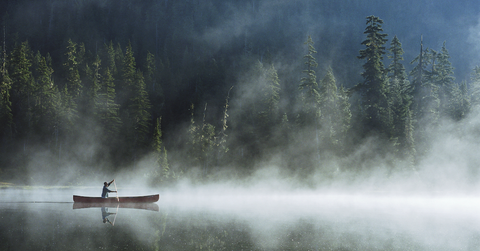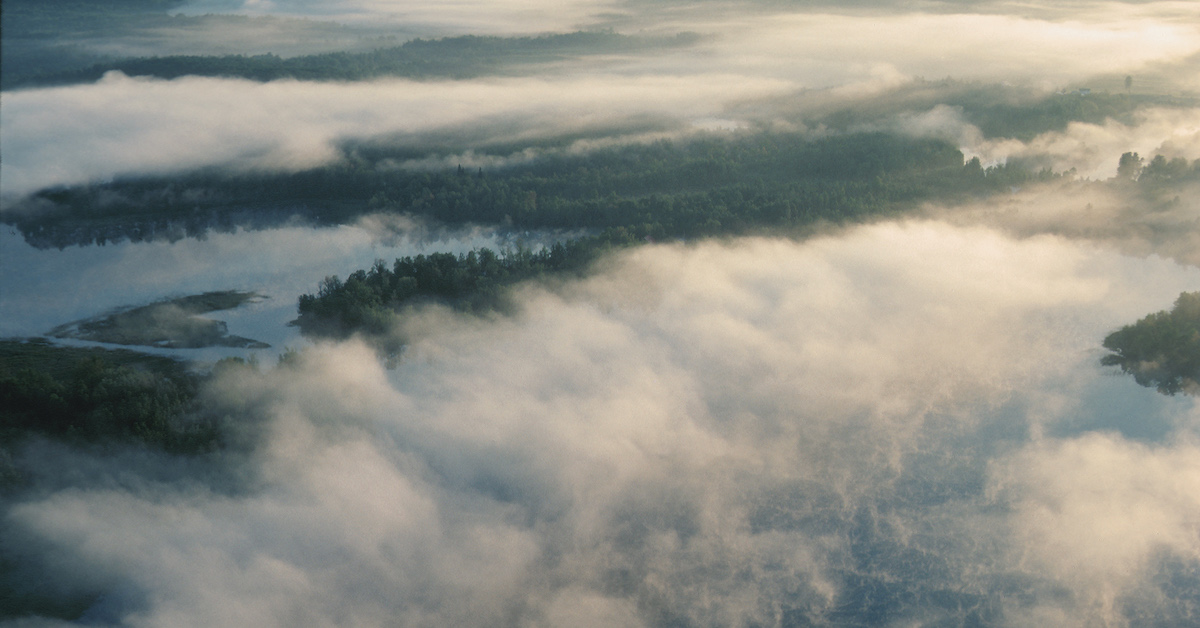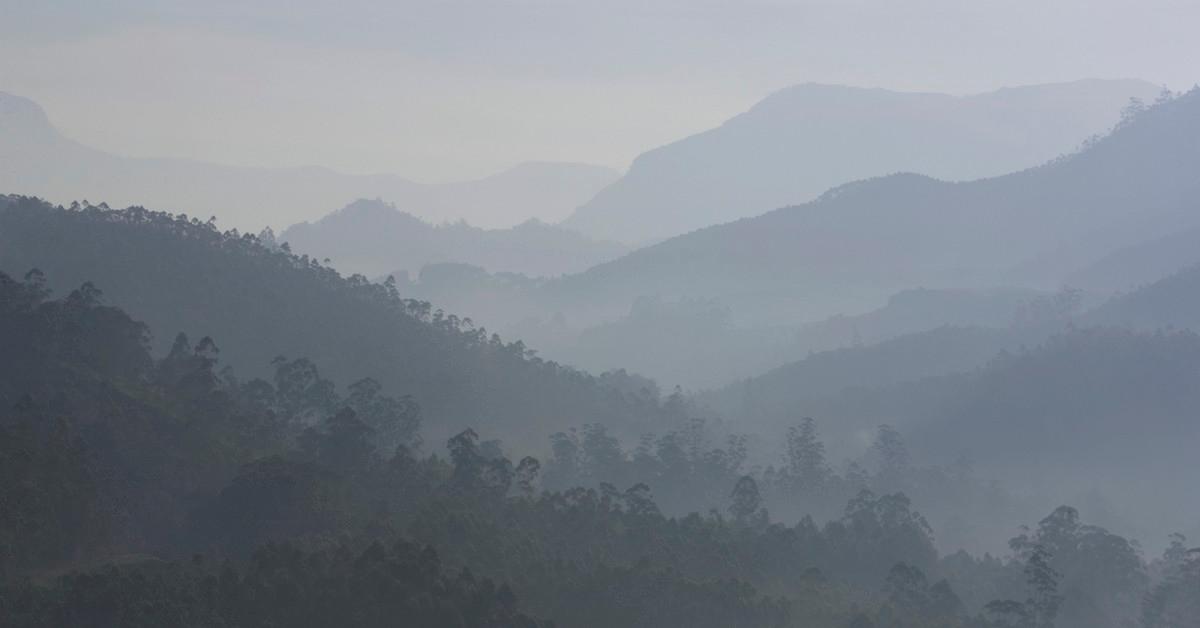Here’s Why Fog Forms
Published Dec. 10 2021, 12:35 p.m. ET

Fog is a naturally-occurring enigma. Although it's relatively common, especially in some areas, it still never fails to come with an air of mystery. It can add a creepy effect to scary movies, make for poor visibility, or augment any nature photo with its wispy mysteriousness. And while most of us are used to seeing fog, whether it's over a field, enveloping mountain tops, or simply clouding your yard, it's still kind of a mystery. How does fog form? And what causes it to evaporate?
Fog is a completely different, naturally-occurring phenomenon — not to be confused with smog. Smog, on the other hand, is a cloud of smoke and other pollutants, which is generally emitted due to harmful human activities.
"Fog and smog should not be confused and are easily separated by color," animator Chuck Jones once famously stated. Keep reading for more on what fog — not smog — really is, and how it's formed.

What is fog?
You've definitely seen fog before, but where does it come from? And how is it formed? According to National Geographic, fog is a low-lying cloud that often touches the Earth, varying in thickness. It appears when water vapor condenses, and the water molecules form water droplets that are suspended mid-air. Fog really only happens when it's extremely humid, because there is already quite a bit of water vapor present in the air. Dust, pollution, or salt causes it to condense around said particles.
Although fog tends to form for similar reasons, there are a few different types of fog: advection, valley, freezing, and radiation. Advection fog, per National Geographic, forms when warm air meets cooler air or water. Valley fog, on the other hand, generally tends to form in mountain valleys, usually in the winter. Freezing fog takes place when its cold, and the liquid vapor freezer on solid surfaces. Radiation fog takes place in the evening, when the heat from the earth's surface is radiated upwards.
If you're seeking out the foggiest place in the world, look no further than the Newfoundland's Grand Banks, in Canada. According to Wonderopolis, cold air from the north, which is known as the Labrador Current, combines with the south's warm Gulf Stream. This creates ideal conditions for fog, making it truly the foggiest place in the world — we would refrain from driving there, especially at night!

Does fog actually "burn off"?
Fog often forms at night or in the wee hours of the morning, and doesn't tend to stay for very long into the day. And while many refer to its dissipation as "burning off," that isn't the case. According to Forbes, there is no fire involved — it actually tends to evaporate with daylight, because the sun rises and heats the ground and air temperature. The air is then warmer than the dew point temperature, and the water vapor in fog evaporates.
That's why cities like New York tend to have less foggy days than other areas with more green spaces (like San Francisco, for example). The air is generally hotter and the ground temperature is generally hotter — aka it's an urban heat island. For this reason, per Forbes, cities like these are also sometimes referred to as fog holes.
The more you know!